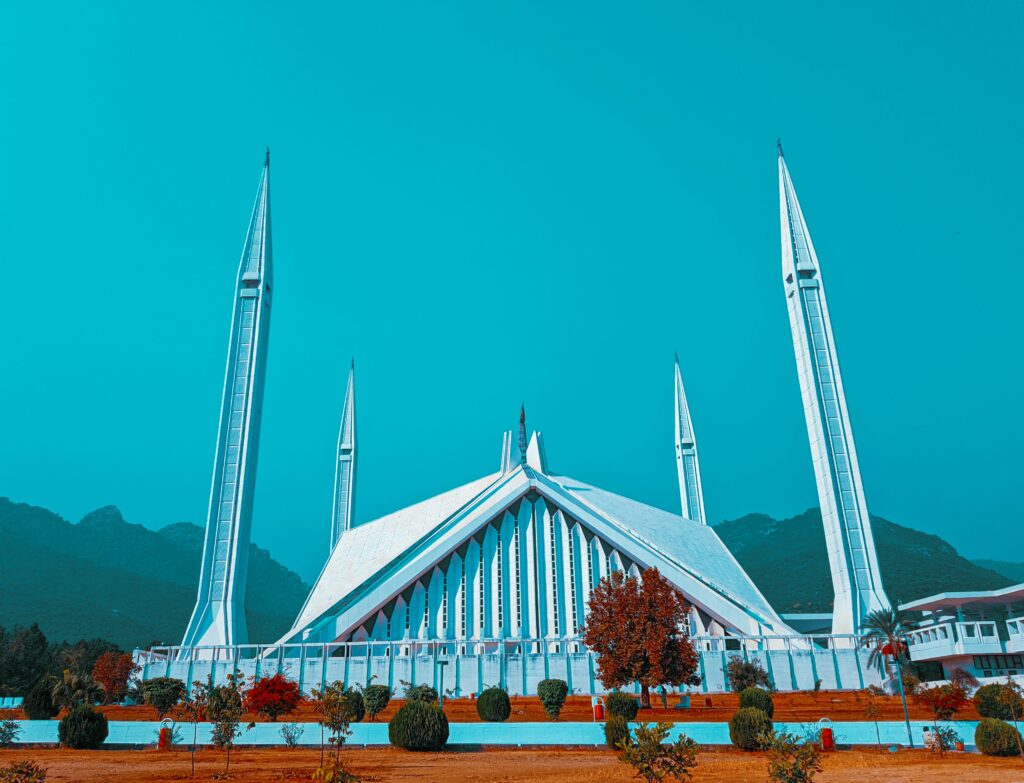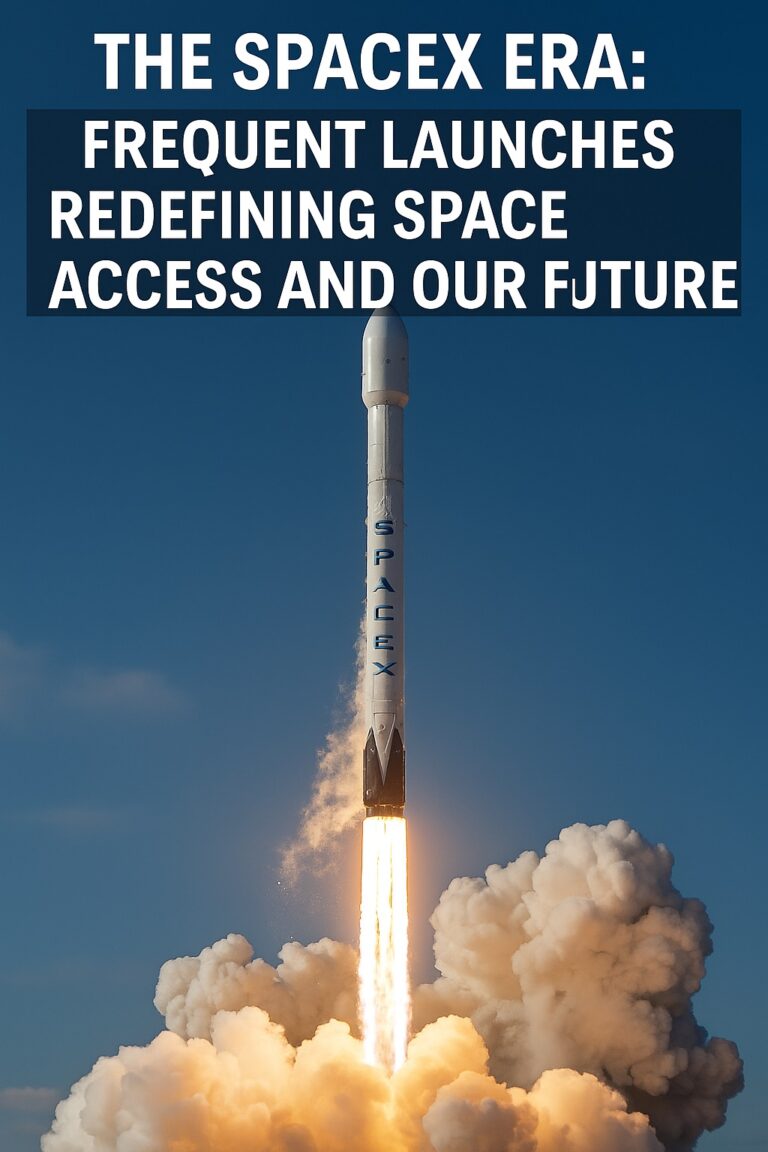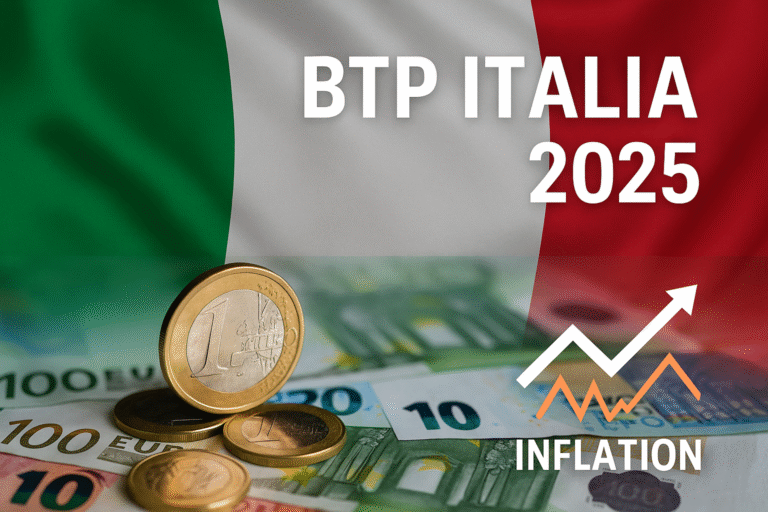Pakistan’s IMF Loan Approval 2025: Economic Implications and the Road Ahead
🔒 Disclaimer
This article provides general information and analysis on Pakistan’s economic situation and its engagements with the IMF. It is not intended as financial, investment, or political advice. Macroeconomic forecasts involve inherent uncertainties, and actual outcomes may differ. Readers should consult official sources and expert economic analysis for detailed information.
Introduction: Pakistan’s Economic Landscape and the IMF in 2025
Pakistan continues to face persistent economic challenges, including fiscal deficits, rising debt, and inflationary pressures. Over the past decades, it has relied heavily on the International Monetary Fund (IMF) for economic stabilization.
In a significant development, on May 9, 2025, the IMF Executive Board approved the first review under the Extended Fund Facility (EFF) and a new agreement under the Resilience and Sustainability Facility (RSF). This led to the immediate disbursement of $1 billion under the EFF and $1.4 billion under the RSF.
This article explores the details of the recent IMF approval, the associated conditions, and the projected economic implications for Pakistan in 2025 and beyond.
The IMF and Pakistan: A Longstanding Relationship

What is the IMF?
The International Monetary Fund assists countries facing balance of payments issues by providing financial aid, technical expertise, and policy guidance. However, its assistance is often conditional on structural reforms and austerity measures.
Pakistan’s History with the IMF
Pakistan has entered into over 20 agreements with the IMF since becoming a member in 1950. The country’s recurring economic crises, low revenue collection, and large fiscal deficits have made IMF assistance a regular feature of its macroeconomic management.
Details of the Recent IMF Approval (May 9, 2025)
Key Facts:
- Date: May 9, 2025
- Facilities: Extended Fund Facility (EFF), Resilience and Sustainability Facility (RSF)
- Disbursed Amounts: $1 billion (EFF), $1.4 billion (RSF)
- EFF Term: 37-month program approved in September 2024
Conditions Imposed by the IMF:
Based on IMF documentation and media sources (Economic Times, Indian Express, Livemint), the following new conditions have been agreed upon:
1. Fiscal Measures
- Parliamentary approval of the FY2026 budget (by June 2025), targeting a primary surplus of 1.6% of GDP.
- Introduction of agriculture income tax laws by provincial governments (by June 2025).
- Broadening of the tax base and improvement in tax compliance.
2. Governance Reforms
- Publication of a Governance Action Plan based on IMF’s Governance Diagnostic Report.
3. Energy Sector Reforms
- Electricity tariff rebasing by July 1, 2025, to ensure full cost recovery.
- Gas tariff adjustments scheduled semi-annually, next by February 15, 2026.
- Legislation to make the captive power levy permanent.
- Removal of the cap on the debt service surcharge on electricity bills.
4. Trade and Investment
- Phasing out incentives for Special Technology Zones by 2035.
- Removal of restrictions on used car imports by July 2025.
5. Monetary and Financial Sector Policies
- Continuation of a tight, data-dependent monetary policy.
- Introduction of a post-2027 financial sector strategy and regulatory framework for implementation from 2028.
Overall, 11 new conditions were added, bringing the total to 50 conditions under the ongoing program.
Economic Implications for Pakistan
A. Fiscal Stability and Public Debt
- Positives: The reforms could reduce the budget deficit and improve debt sustainability.
- Challenges: Implementation of new taxes and subsidy cuts may face political resistance and hurt low-income groups.
B. Monetary Policy and Inflation
- Positives: Inflation has already declined, with the IMF noting a drop to 0.3% in April 2025. A tight monetary stance could stabilize the rupee and rebuild reserves.
- Challenges: High interest rates could limit credit access and hinder private sector growth.
C. Structural Reforms and Long-Term Growth
- Positives: Efficiency improvements in the energy and public sectors could attract FDI and promote sustainable growth.
- Challenges: Resistance to privatization and SOE reform may slow down implementation. Unemployment could rise in uncompetitive sectors.
D. Social Impact
- Positives: IMF provisions allow for targeted social spending, including support for the vulnerable.
- Challenges: Price hikes due to tariff reforms and taxation can disproportionately affect the poor.
E. External Relations and Geopolitics
- Positives: IMF approval improves Pakistan’s credibility with other lenders and investors.
- Challenges: India has expressed concerns over the use of IMF funds, citing risks of misuse for non-economic purposes. Geopolitical tensions could disrupt the reform process.
Challenges and Outlook for 2025 and Beyond
1. Implementation Risk
Timely and consistent implementation of reforms remains Pakistan’s biggest challenge.
2. Political Stability
Internal political instability could derail or delay key reform measures.
3. Geopolitical Tensions
Strained relations with neighboring countries, particularly India, may add uncertainty to economic reforms.
4. Global Economic Environment
External factors like commodity prices, interest rates in advanced economies, and global trade dynamics will continue to affect Pakistan’s recovery.
5. Next IMF Review
The next review is expected in the second half of 2025, which will assess progress and determine future disbursements.
Conclusion: A Precarious Path to Stability
The latest IMF approval provides Pakistan with much-needed breathing room and a chance to implement overdue reforms. However, the road ahead is complex. Successful stabilization will depend on the government’s ability to implement reforms swiftly, navigate political challenges, and shield the most vulnerable from economic shocks.
About the Author
Sandeep is a keen observer of global economic trends and geopolitical finance, conducting in-depth research to provide informed analysis. He is not a professional economist or financial advisor.




![ASEAN Takes on Trump's Tariffs: Unity and Diplomacy at the Kuala Lumpur Summit [May 27, 2025] ChatGPT Image May 27, 2025, 12_03_29 PM](https://pulsewire.in/wp-content/uploads/2025/05/ChatGPT-Image-May-27-2025-12_03_29-PM-150x150.png)




